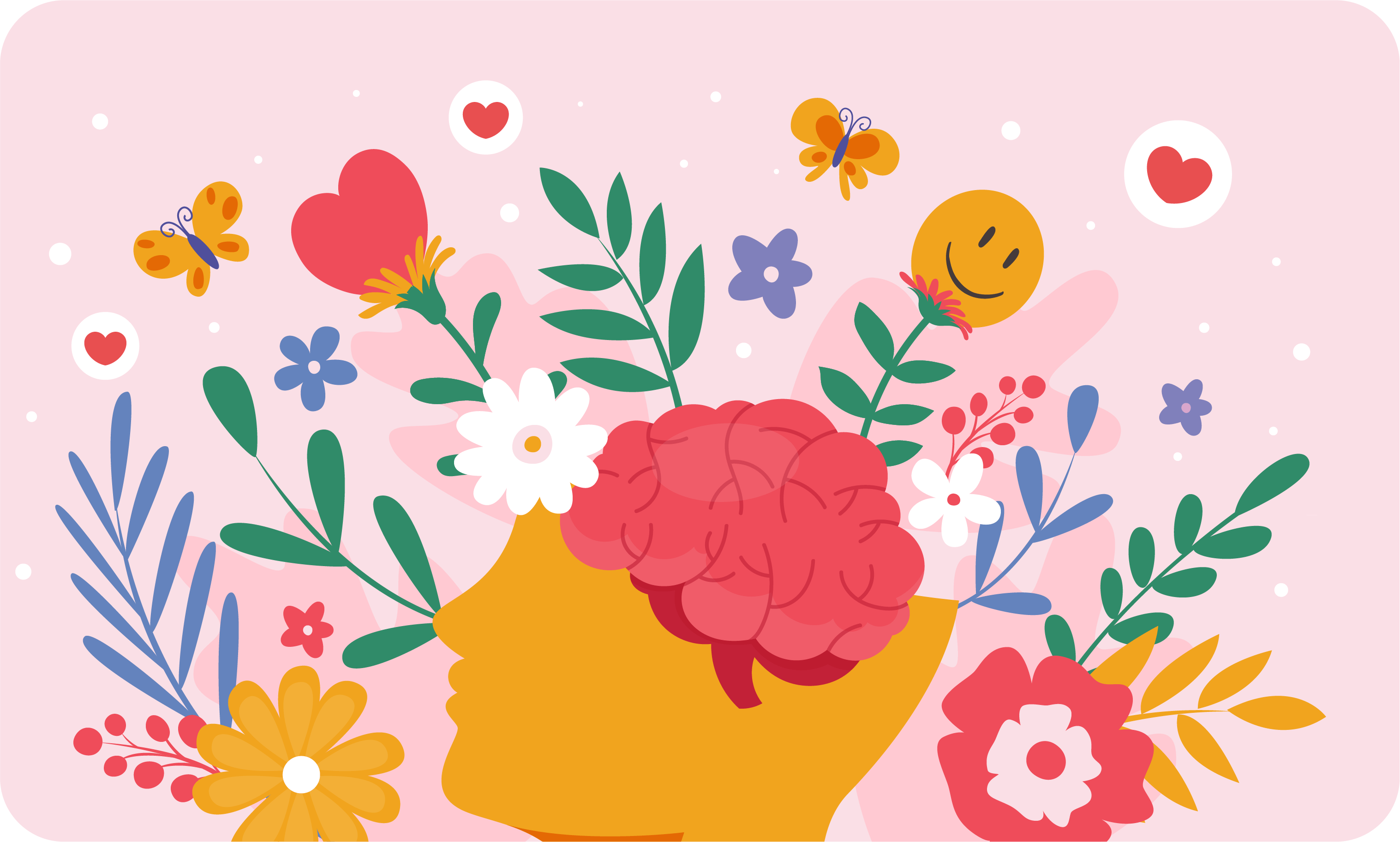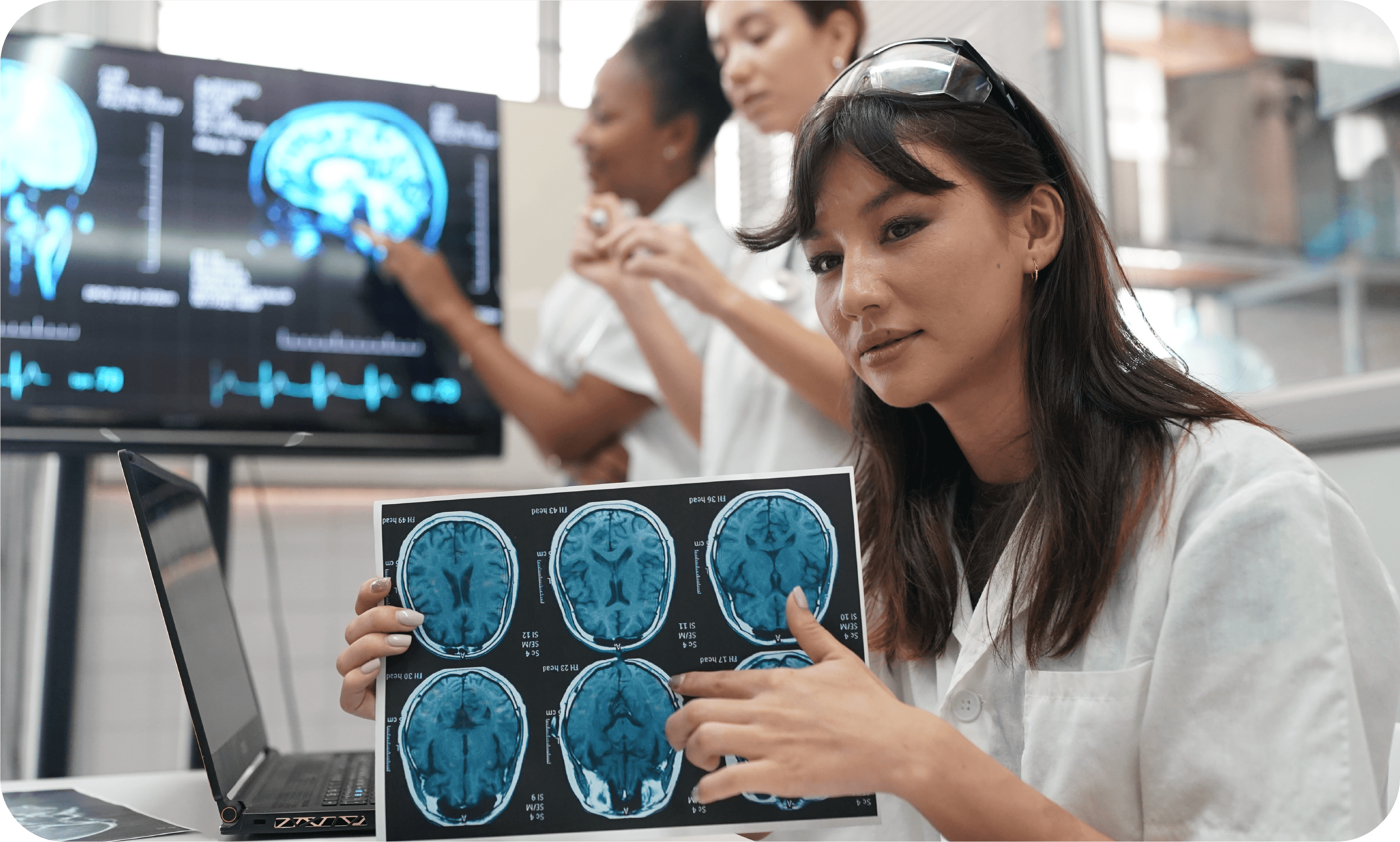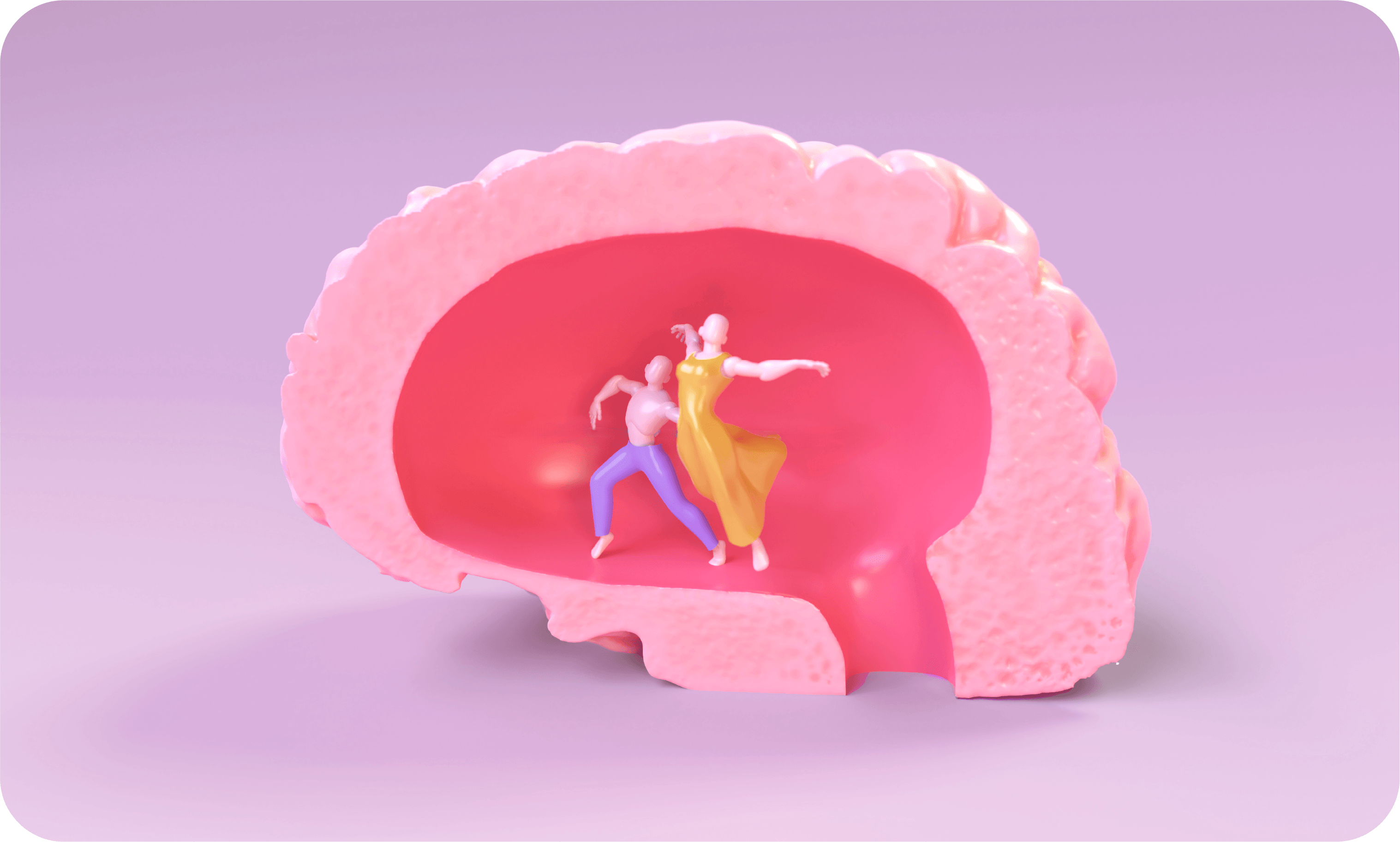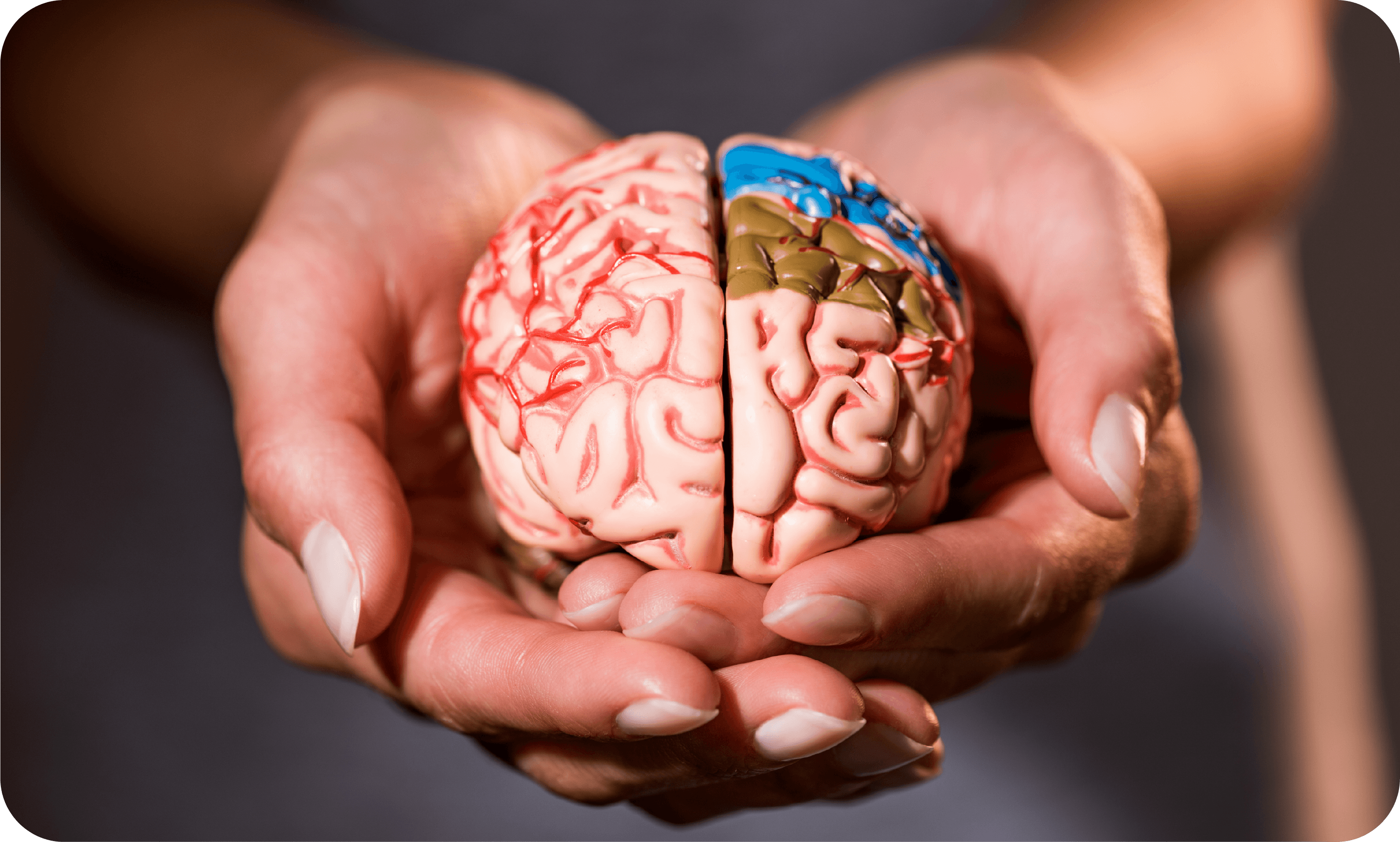World Brain Day 2025
Riddle me this: I’m thinking of something that you use everyday. It works hard when you are awake but is also active while you sleep. It decides what to say but also when to stay silent. It remembers some things and forgets others. It is even working right this second as you try to work out what it is...
I am of course talking about the brain, which despite being responsible for thinking, is rarely thought about enough! So how can we protect our brains? How can we keep them healthy so that we can function and perform our best? This blog discusses the dos and don’ts of brain care and how PBT is helping dancers improve their mental fitness as well as their technique.
What is World Brain Day?

This July 22nd, PBT will celebrate World Brain Day: a movement dedicated to promoting awareness for neurological disorders and their prevention. Founded by the World Federation of Neurology (WFN), the initiative seeks to improve education concerning preventative measures, campaigning for equal access to healthcare worldwide.
Understanding the importance of brain health in both non-dancers and dancers, PBT is committed to doing our part in the prevention of neurological disorders, proactively helping dancers strengthen both their mind and muscles.
Preventing Neurological Disorders

According to WHO (World Health Organization), neurological conditions like dementia, Parkinson’s disease and Alzheimer’s disease account for approximately 9 million deaths per year and are the leading cause of disability adjusted life years (DALYs) worldwide. While some diseases are inherited genetically, studies have shown a correlation between lifestyle/environmental factors and the development of neurological diseases, suggesting that preventative action can be effective. The WFN has declared exercise, adequate sleep, a healthy, balanced diet and staying mentally active as key to improving brain health.
Benefits of Mind-Body Exercise

Of the common preferred exercise modalities, namely cardio, strength training and mind-body exercise, the latter has been found to have the most potential in slowing age-related cognitive decline. This is because mind-body exercise like PBT places greater emphasis on the coordination between movement control, breath and attention regulation than aerobic exercise which primarily focuses on body awareness. Although the exact reasoning behind changes to the neural activity, structure and functional connectivity in the frontoparietal regions of the brain as a result of this type of exercise is still debated, there is a general consensus that the combined physical and neurological requirements of mind-body exercise make it more efficient in boosting brain health.
Boosting Brain Health with PBT

If we delve deeper into the requirements of dance and technique-focused training, the relationship between enhanced cognitive function and mind-body exercise becomes clearer.
When learning a PBT exercise, the brain will first go through a cognitive stage of reflection, observing and learning the movement before attempting it. Having learned the exercise, the dancer will perform the movement sequence, using their brain to formulate a means of implementing the acquired knowledge. After lots of practice the movement will become second nature, marking a shift to the reflexive autonomous cognitive stage. Once solidified, the dancer can then harness what is known as their ‘muscle memory,’ tapping into their unconscious memory to reproduce the movement again and again. At this stage of cognition, the dancer will no longer be using temporary memory stores, thereby freeing up the brain for other processing tasks.
Neuroplasticity (the brain's ability to change and adapt structurally) is further enhanced by the methodical structuring of PBT exercises which progress in accordance with dancers' needs, age and capabilities. Series like Move and Groove, Recovery and Focus Class simultaneously train the brain to adapt to and remember new movement sequences while promoting the harnessing of alignment and coordination principles established in earlier classes. These classes also act as great mood-boosters, releasing stress-relieving neurotransmitters and feel-good endorphins to further support brain health.
What can I do to improve my brain health?

As previously touched on, the cornerstones of brain health include: sleep, diet, and brain training alongside proactive measures such as not smoking and limiting alcohol consumption. Treating your brain like your muscles is crucial to ensuring optimal recovery and consequently, optimal performance.
Take a moment to divert your eyes from your phone screen, push your shoulders back, raise your chin and be present with the world around you. Connect with what you see, hear, smell, taste and feel. Be conscious of your surroundings and how your body interacts with the space. You might be shocked but everyday acts of mindfulness like these can help to reduce stress, prevent neurodegenerative diseases and boost brain health.
Sign up to our newsletter
Receive tips, news, and advice.